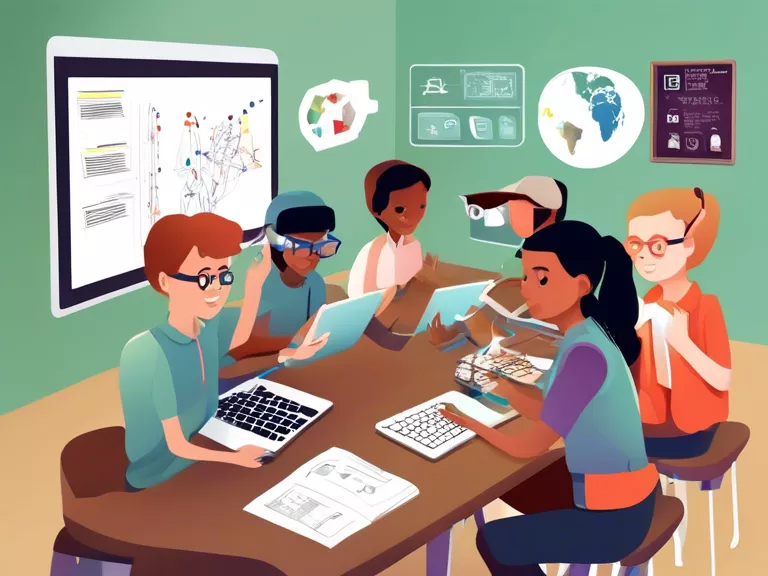
Introduction
Wearable technology has transformed various aspects of our lives, including education. The integration of innovative wearable tech in educational settings has opened up new opportunities for students and educators alike. From enhancing classroom engagement to personalizing learning experiences, these devices are reshaping the way we approach education.
Benefits of Wearable Tech in Education
Wearable tech offers a range of benefits that can significantly improve the learning process:
1. Enhanced Interactivity
Wearable devices such as smartwatches and AR glasses enable students to engage with educational content in a more interactive manner. They can participate in virtual simulations, interactive quizzes, and real-time feedback, making the learning experience more engaging and effective.
2. Personalized Learning
One of the key advantages of wearable tech in education is the ability to personalize learning experiences. These devices can track students' progress, learning preferences, and performance metrics, allowing educators to tailor their teaching methods to individual students' needs.
3. Real-time Feedback
Wearable devices can provide instant feedback on students' performance, allowing educators to identify areas where students may be struggling and intervene promptly. This real-time feedback mechanism helps students stay on track and make necessary adjustments to their learning strategies.
Examples of Innovative Wearable Tech in Education
1. Virtual Reality (VR) Headsets
VR headsets are being used in education to create immersive learning experiences. Students can explore historical sites, travel to outer space, or dive into the human body – all from the comfort of their classroom. This technology enhances students' understanding of complex concepts by providing a hands-on, interactive learning environment.
2. Smart Clothing
Smart clothing embedded with sensors can track students' physical activities, monitor their health metrics, and even detect signs of stress or fatigue. This data can help educators understand students' well-being and adjust the learning environment accordingly to promote better focus and productivity.
3. Smart Pens
Smart pens are equipped with sensors that record and digitize handwritten notes in real-time. This technology allows students to seamlessly transfer their notes to digital platforms, making it easier to organize and review their study materials. Smart pens also support interactive features such as voice recording and text translation, enhancing the note-taking experience.
Challenges and Considerations
While wearable tech holds great promise for education, there are certain challenges and considerations that need to be addressed:
1. Privacy and Data Security
Collecting and storing students' data through wearable devices raise concerns about privacy and data security. Educators and technology providers must ensure that proper measures are in place to protect sensitive information and comply with data protection regulations.
2. Cost and Accessibility
The implementation of wearable tech in education may come with a significant cost, making it inaccessible to schools with limited resources. Ensuring equitable access to these technologies is crucial to prevent furthering the digital divide among students.
3. Integration with Curriculum
Integrating wearable tech into the existing curriculum requires careful planning and training for educators. Ensuring that these devices align with learning objectives and enhance, rather than disrupt, the educational experience is essential for their successful adoption.
Conclusion
Innovative wearable tech has the potential to revolutionize education by providing personalized, interactive, and engaging learning experiences. As technology continues to evolve, educators and policymakers must collaborate to harness the benefits of wearable tech while addressing the challenges to ensure equitable access and data security in educational settings. By leveraging these technological advancements, we can create a more dynamic and effective learning environment for students of all ages.

